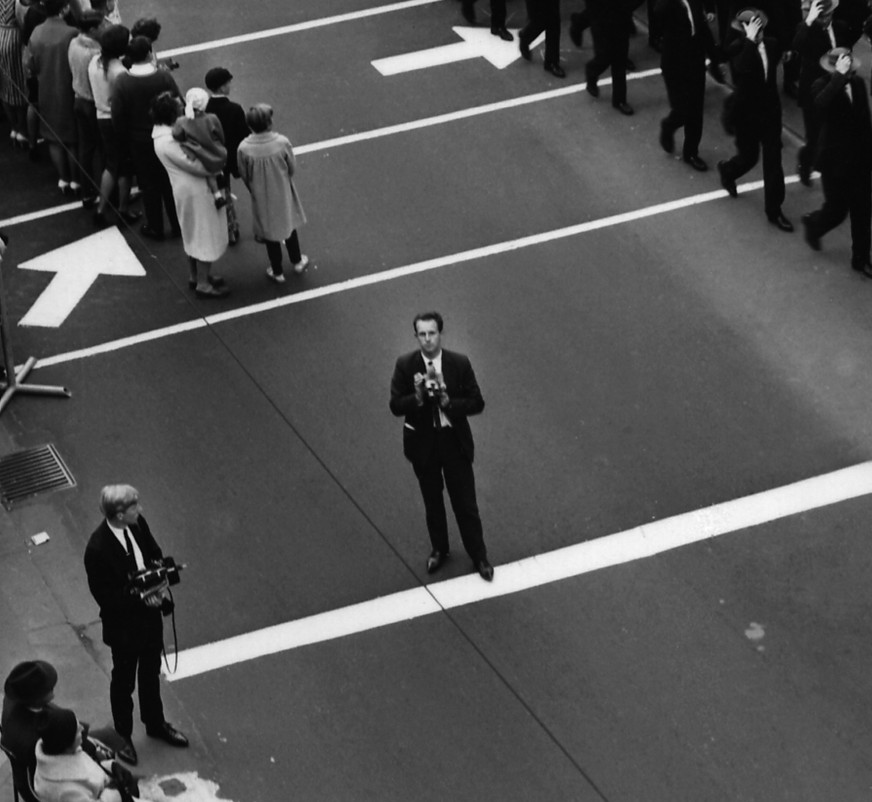‘Sunbaker: The making of an icon’, in the catalogue to Signature Works, Australian Centre for Photography, May, 1999.
Few images in Australia today are as recognisable as Max Dupain’s Sunbaker, 1937. Certainly no other Australian image, be it a painting, graphic or photograph, is as often parodied, pastiched or quoted. Perhaps only monuments such as the Opera House, Harbour Bridge or Uluru have a greater presence within Australia’s repertoire of national icons.
The sunbaker represents the Australian nation as a whole, but he also sensuously embodies each of our own individual relationships to Australia as a place: our fond memories of its summers, its beaches, its ‘lifestyle’. And, of course, he is a gendered icon: the sunbaker’s Australia is a place for the autochthonic pleasures of men. The sunbaker’s iconicity is splendidly conflicted: is the sun beneficent or carcinogenic, is he at rest or in a stupor, will he ever share the beach that he claims with others?
At the end of his life Dupain was heartily sick of the Sunbaker. He realised that the manifold meanings it was generating were drawing it out from under the mantle of his authorship. He was bemused that it had slipped into visual domains other than his own, for instance that it was even gaining currency within an emerging gay sensibility.
The Sunbaker has been Dupain’s image since 1937, when he quickly made two negatives of his close friend Harold Salvage during a holiday to the South Coast. It has only really been Australia’s image since 1975, when it began its rapid ascent into national iconicity as Dupain himself was suddenly produced onto the Australian cultural stage as a major modernist artist. It was on the poster of his first retrospective at the Australian Centre for Photography, it was subsequently published by two photography magazines and by the National Gallery of Australia on the back cover of a 1979 exhibition catalogue, and it was central to the Art Gallery of New South Wales’ 1980 retrospective curated by Gael Newton.
Prior to 1975 the two negatives had sat untouched in Dupain’s negative files for thirty years. A print from the other negative was published in Dupain’s relatively obscure monograph of 1948. That print was darker, and its composition more grounded, stolid and heavy than the high tensile form suspended in the bright grey field with which we are familiar from the 1970s prints. Ironically this second negative, and its print, have now been lost. Previous to this monograph the image only existed as a contact print amongst other snapshots in a personal album assembled for his friends as a souvenir of their coast holiday.
The Sunbaker has come a long way, yet it remains simultaneously a private snapshot and public icon. The sunbaker is still embedded in time, but his time is now a multiple exposure of a changing Australia.
References:
Gael Newton, ‘”It was a simple affair”: Max Dupain Sunbaker’ in Lynne Seear and Julie Ewington, eds. Australian Art Brought to Light 1850-1965 from the Queensland Art Gallery Collection, Queensland Art Gallery , Brisbane: 1998 pp142-7.
Geoffrey Batchen, “Creative Actuality; The photography of Max Dupain”, Art Monthly, pp2-5
